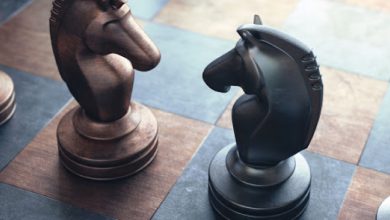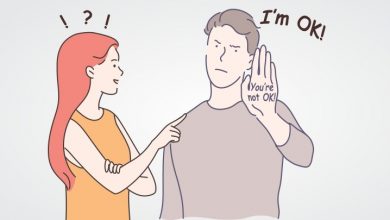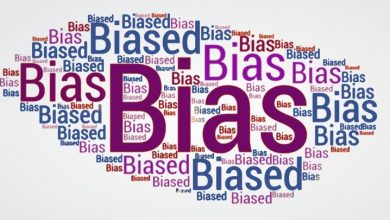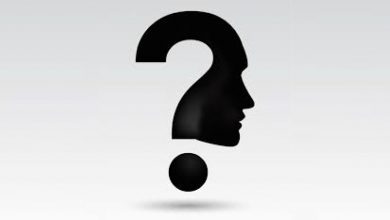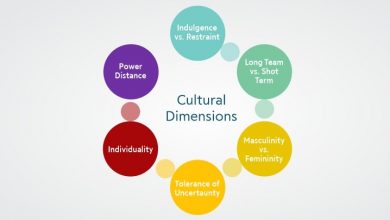Facilitating Peace
A live example showcasing how it is possible to facilitate honest dialogue in a conflict situation, to deconstruct the process and handle the emotions that are the undercurrent of the conflict, and move towards peace and resolution.
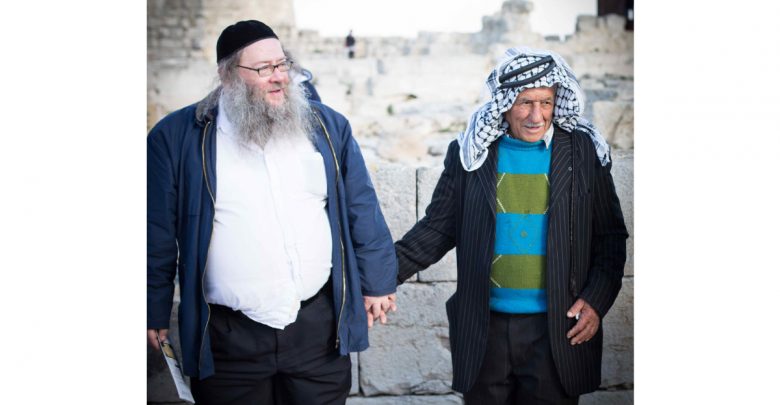
Why did I choose this tool?
This tool will give you some insight of how you can deconstruct an emotionally charged political/religious conflict and facilitate a deep reflection process that reaches beyond these elements and reaches the core of the conflict on an emotional level and thereby has the potential to reach a genuine solution
How does this apply to being a trainer?
Particularly in emotionally charged situations that seemed to be fueled by political/religious differences, it is essential as a trainer to not get stuck at that level because it is not a level where we can facilitate lasting changes. However, if we can instead understand the emotional reasons why participants would fervently embrace one view or another, we have a chance of channeling this energy in a positive direction rather than a negative one.
Main content:
This video is of an intervention by Tony Robbins on the day after 9/11, particularly working with a New York Jew and a Pakistani Muslim. Although the whole video can be interesting the most relevant portion starts at 1:04:20 and goes until the end.
The main method used in this intervention are the 4 archetypes originally described by Jungian psychologist Robert Moore. Tony used these archetypes to tap into different responses and emotions and to get the participants to be more creative in their understanding of the conflict and how to resolve it.
The 4 archetypes and their descriptions, when they are in their highest form, are:
The king – centered, decisive, has integrity, protects his realm, provides order, creates and inspires creativity in others, blesses the lives of others, leaves a legacy
The warrior – puts effort and energy into achieving goals, has a purpose, is mindful, is adaptable, is a minimalist, is decisive, is skillful, is loyal, is disciplined, is objective
The magician – is intellectually curious, holds hidden knowledge, is a master of technology, is reflective, is an alchemist of life, is a spiritual mediator
The lover – experiences life with all senses, is passionate, has strong emotions, is idealistic, is fully alive, can read people and social cues, is intense
Now let’s see how Tony uses these archetypes to de-escalate the conflict and to bring a different range of emotions to the dialogue then the ones that had been present in the beginning.
If you can, try to leave aside any ideas or feelings you have about the topic being discussed, or even about Tony Robbins, and just focus on the intervention itself.
Closing:
At the core of every conflict are negative emotions and needs that are not being met. It is only by understanding the individuals and the emotions that are at the core of the conflict that we have a chance of resolving it.
When we conflict, the problem that is being visibly presented in the conflict is rarely the actual problem. For example, take the classic “fighting about dishes”, one of the most prevalent conflicts that plagues couples all over the world. And as portrayed in the pretty realistic movie “The Breakup”, those darn dishes can be the beginning of the end of a good relationship.
But think about it, is it really about the dishes? Can a mundane 15-30 minute task where no one gets hurt to create that much havoc? Or are “the dishes” just a cover for deeper issues and feelings? Although these needs can vary in every case, some of the underlying needs (for both sides) could be the need to feel appreciated, the need to feel equal and not beneath, the need for order and organization, the need to feel free in one’s own home, the need not to be nagged and/or told what to do by one’s partner, the need for camaraderie and team spirit, the need to relax and “check out”…….and the list goes on and on. It is no wonder that something so simple as “the dishes” is such a loaded topic, look at the powerful needs it has the potential to meet (or prevent from being met!)
If you find the real cause of the conflict, and you focus on resolving the underlying needs and emotions that are fueling the conflict, the conflict will cease to exist.
Reflection questions:
What would I do if I was in a similar situation as a trainer?
What parts of what I saw in the video do I think would be useful to incorporate into my work?
What was the main thing that facilitated the shift between the 2 people being stuck in a conflict to being able to reflect on themselves?
What was the result of this shift?
What other methods are there that can reach this result?
What emotional state do I have to be in as a trainer to be able to get this result?
Exercises:
How to apply it in everyday life:
Whenever you find yourself in a conflict or observing a conflict, instead of becoming embroiled in what seems to be the focus of the conflict, ask yourself:
What is this conflict really about?
What emotions are driving this conflict for me?
What emotions are driving this conflict for the other side?
Why is it easier to focus on the conflict rather than to focus on the emotions that are driving it?
What do I need to solve this conflict on an emotional level?
What does the other person need in order to solve this conflict on an emotional level (if necessary take the step to communicate with them and ask them)?
(after you have gone through the process)
What results did I get by handling the conflict this way?
How can what I learned from this situation help me in the future?

